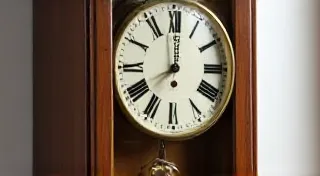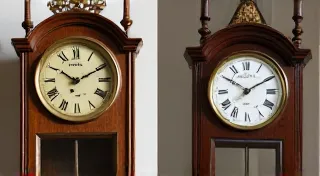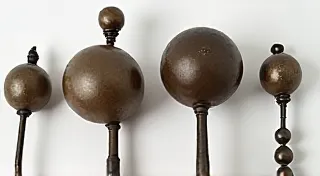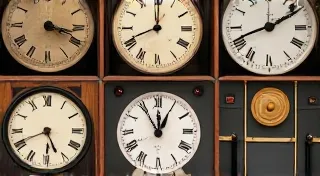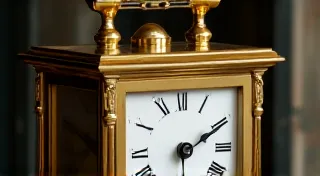Understanding Clock Movements: A Beginner's Guide
Identifying antique clocks is more than just appreciating their aesthetic appeal; it's about understanding the intricate mechanisms that made them tick. A clock's movement, the engine that powers its timekeeping, provides invaluable clues about its age, origin, and even its maker. This guide will explore common clock movements, providing a beginner-friendly overview for anyone interested in clock identification.
The Core of Timekeeping: What is a Clock Movement?
The clock movement is the assembly of gears, springs, levers, and other components that regulate the release of energy and drive the hands. Different eras and regions favored specific designs, and recognizing these differences is key to antique clock identification.
Early Movements: The Verge Escapement
Before the pendulum became common, the verge escapement dominated clockmaking. These movements, dating back to the 14th century, are characterized by a distinctive "tick-tock" sound. The verge escapement uses a foliot (a pair of weighted bars) that pivots to release the escape wheel, controlling the release of energy. Clocks with verge escapements are typically smaller, often lantern or table clocks.
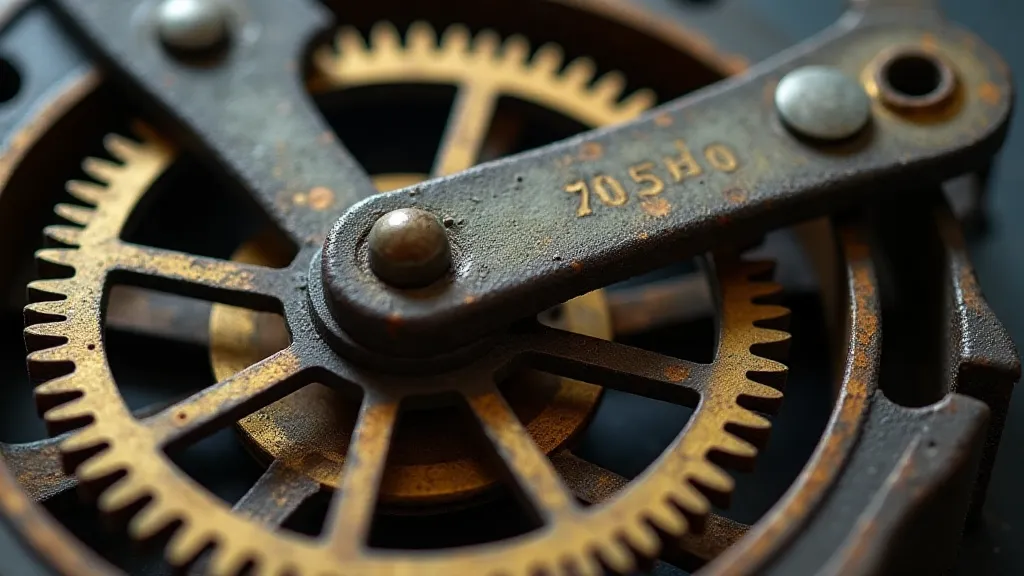
The Rise of the Pendulum: A Revolution in Accuracy
Christiaan Huygens’ invention of the pendulum clock in the 17th century marked a significant advancement in timekeeping accuracy. The pendulum’s regular swing replaces the foliot, and these clocks quickly became popular, particularly for larger grandfather clocks and longcase clocks.
Pendulum Clock Movements: Common Types
- Anchor Escapement: The most common type found in grandfather clocks, offering reliable and consistent timekeeping.
- Deadbeat Escapement: A refinement of the anchor escapement, known for its smooth and silent operation.
- Remontoire Escapement: A more complex and expensive movement designed to improve accuracy by isolating the escapement from the power source.
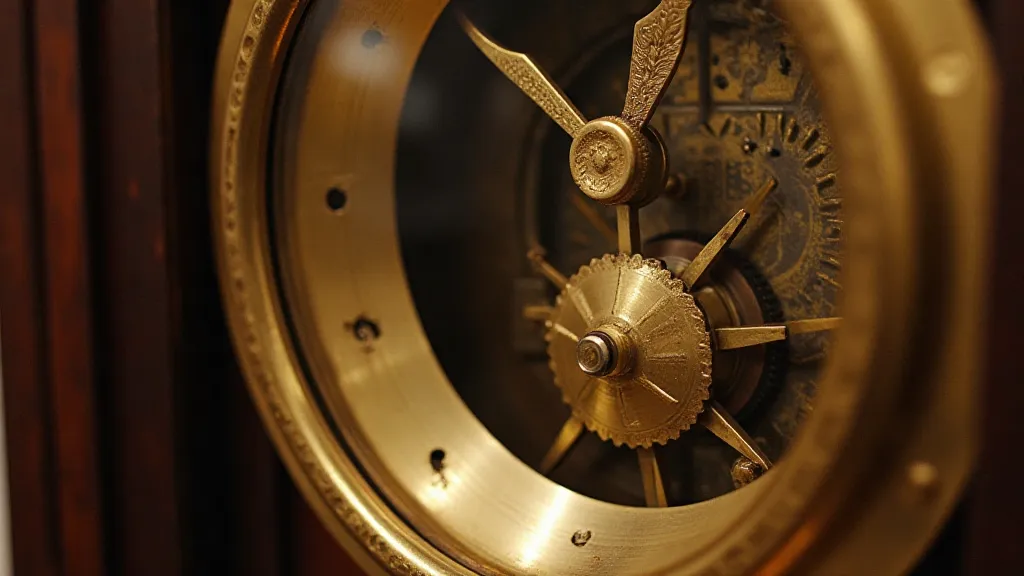
Weight-Driven vs. Spring-Driven Movements
Clock movements are broadly classified as either weight-driven or spring-driven. Weight-driven clocks, prevalent in larger timepieces like grandfather clocks, rely on descending weights to power the mechanism. Spring-driven clocks, found in mantel clocks, carriage clocks, and smaller table clocks, use a coiled spring that slowly unwinds.
Identifying Key Movement Characteristics
When examining a clock movement, pay attention to these details:
- Material: Early movements were often brass, but later examples may use steel or other alloys.
- Markings: Look for maker's marks or serial numbers, which can provide valuable clues about the clock's origin and age.
- Construction: Note the complexity and precision of the construction. More intricate movements often indicate higher quality or later production.
- Sound: The sound the movement makes can provide insights into its type and condition.
Beyond the Basics: More Advanced Movements
As clockmaking evolved, more complex and specialized movements emerged. These include movements with repeater functions (striking the hour multiple times), calendar mechanisms, and automated features. Recognizing these advancements requires further study and experience.
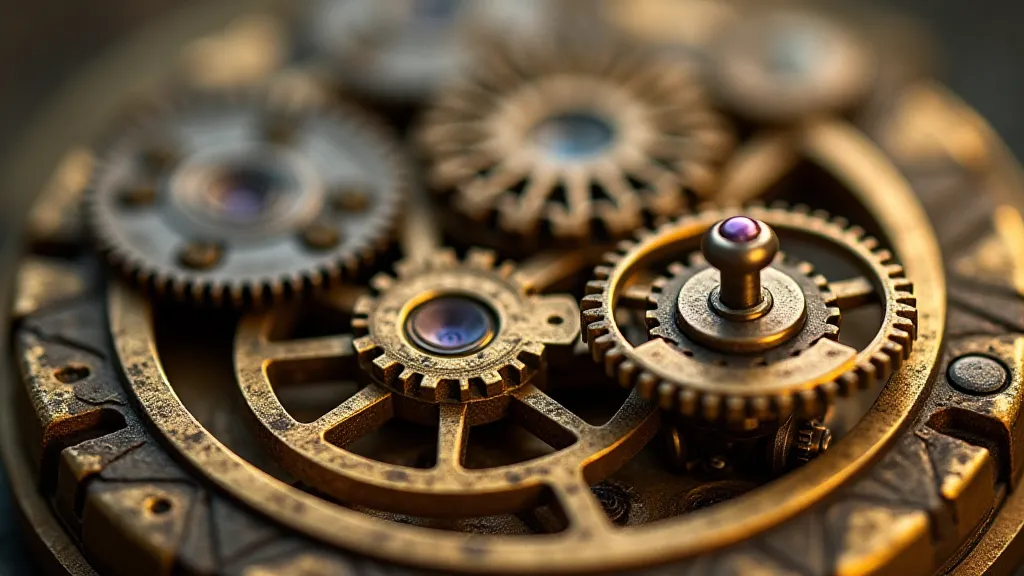
Conclusion
Understanding clock movements is a fascinating journey into the history of timekeeping. By learning to identify the key characteristics of different movement types, you can unlock a deeper appreciation for antique clocks and become a more informed collector. Remember, observation and research are your best tools in unraveling the secrets hidden within these remarkable machines.
